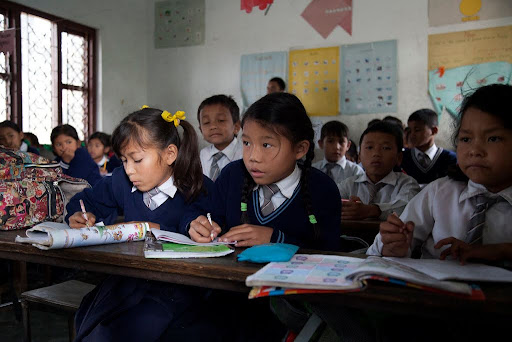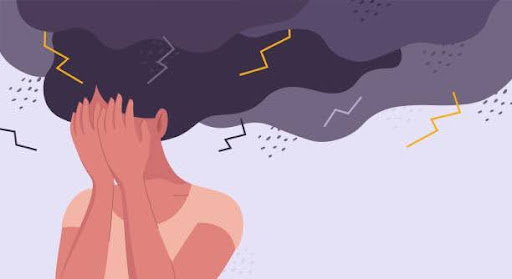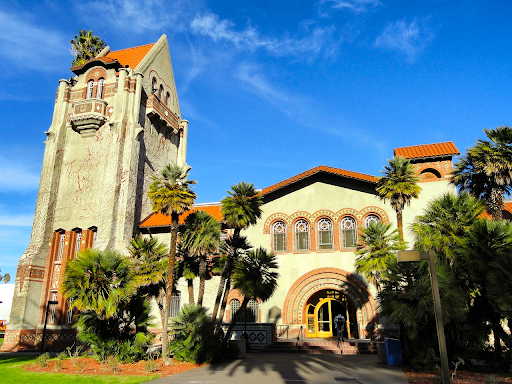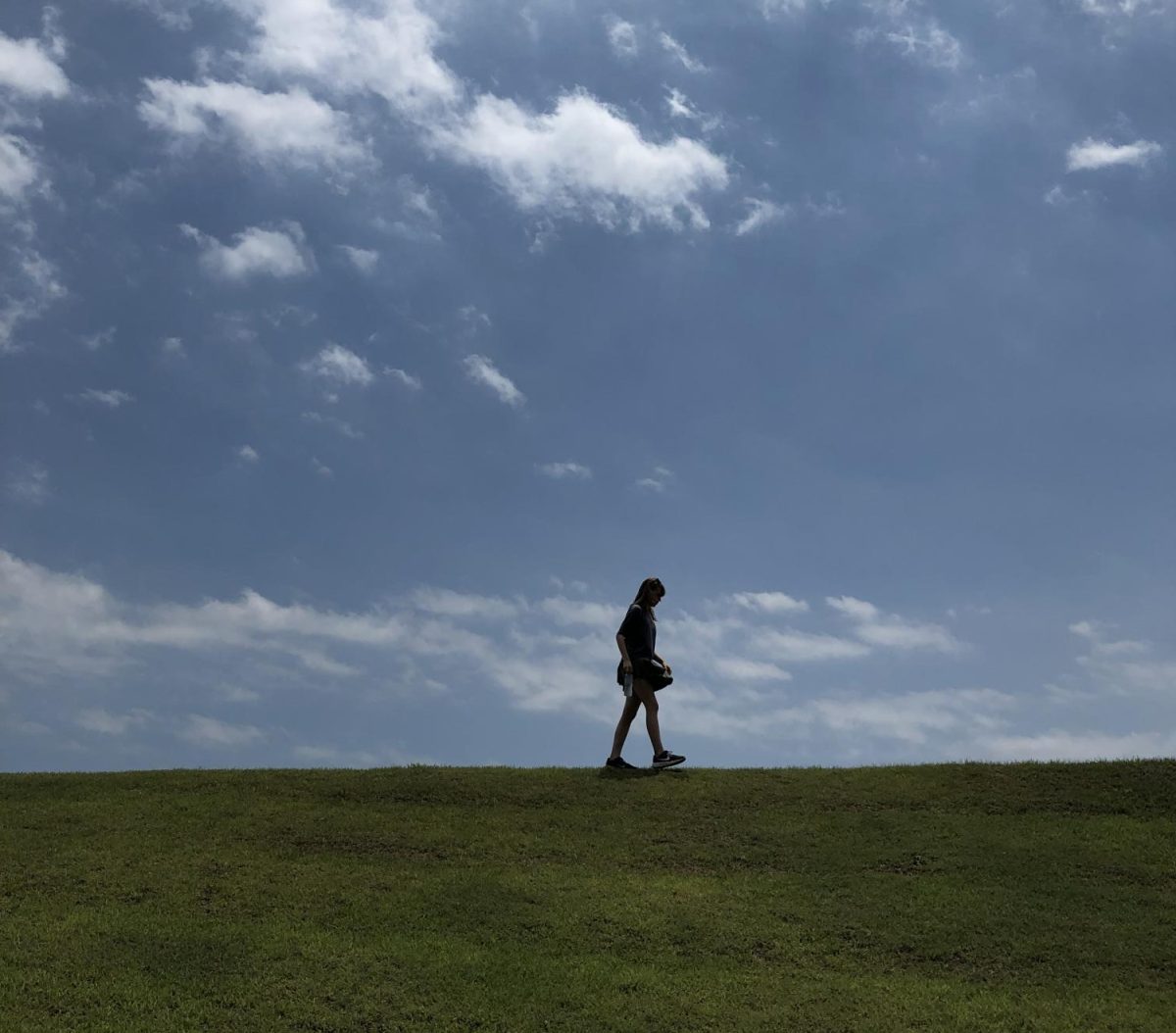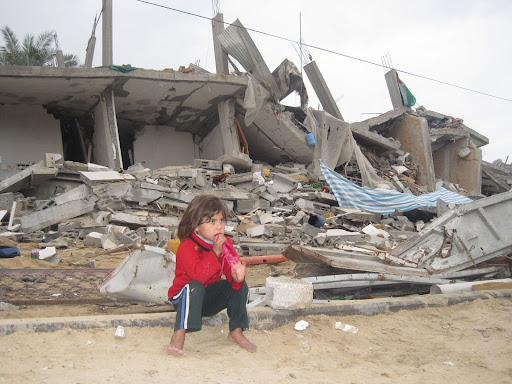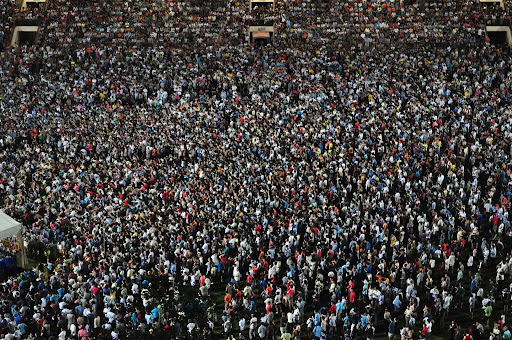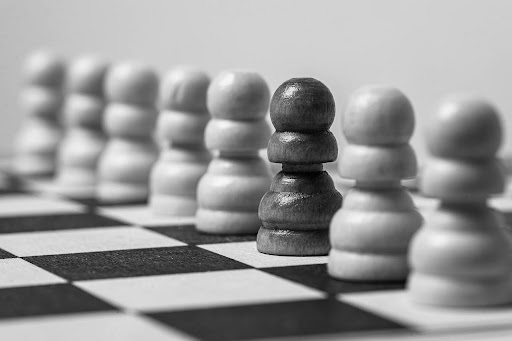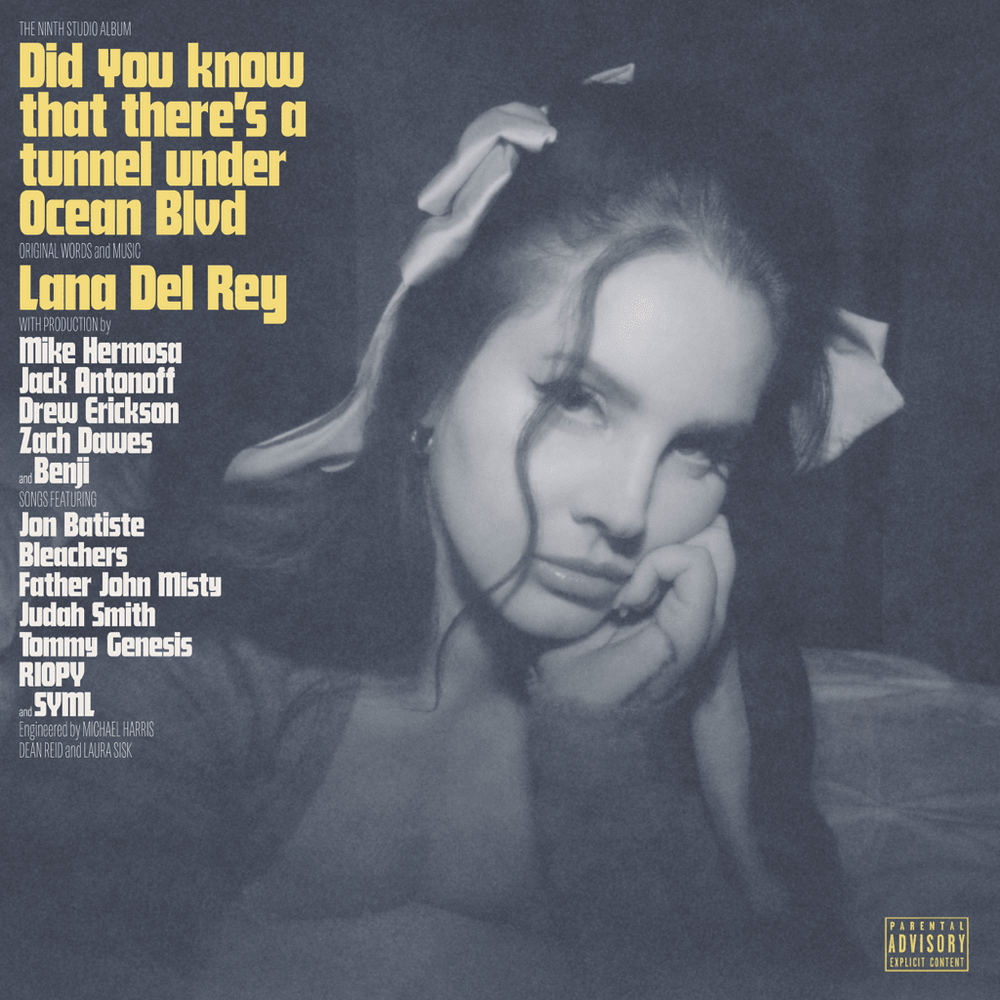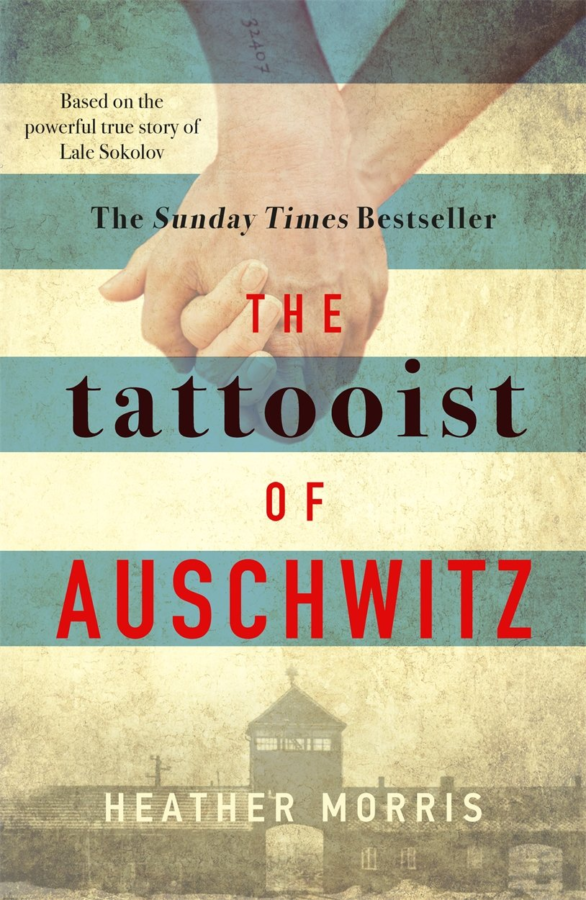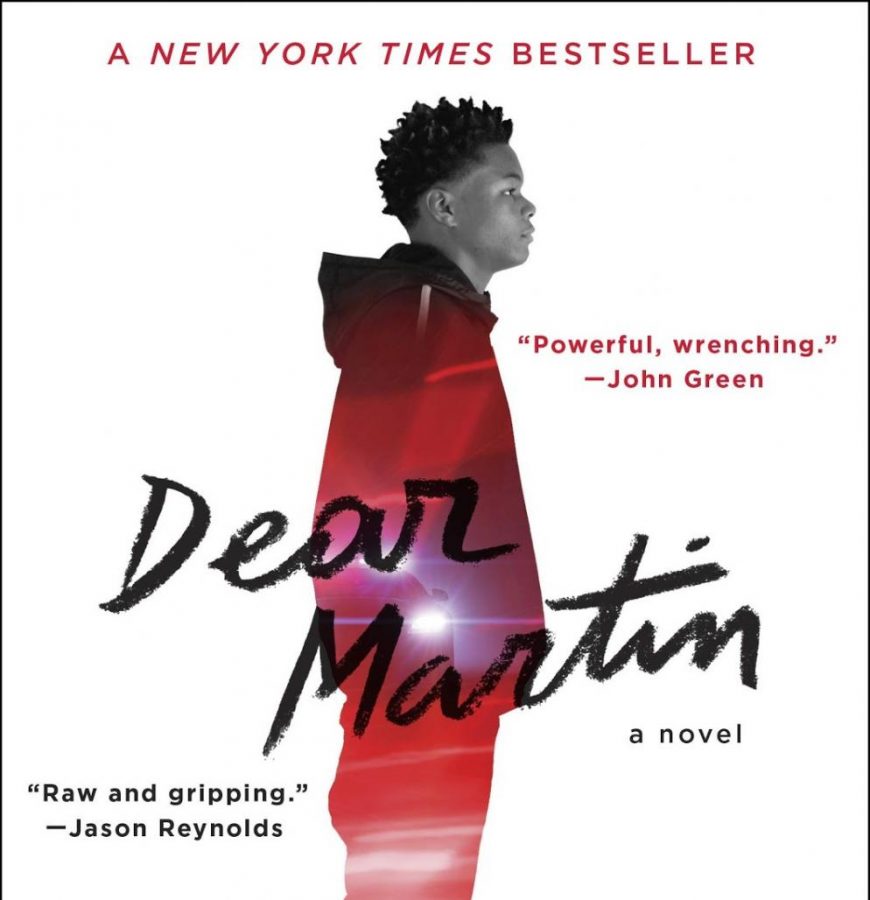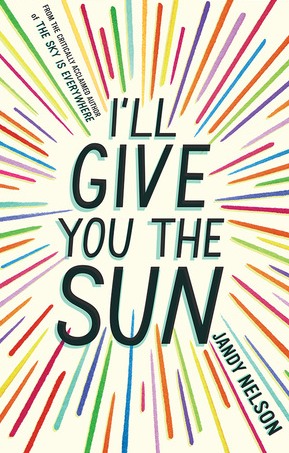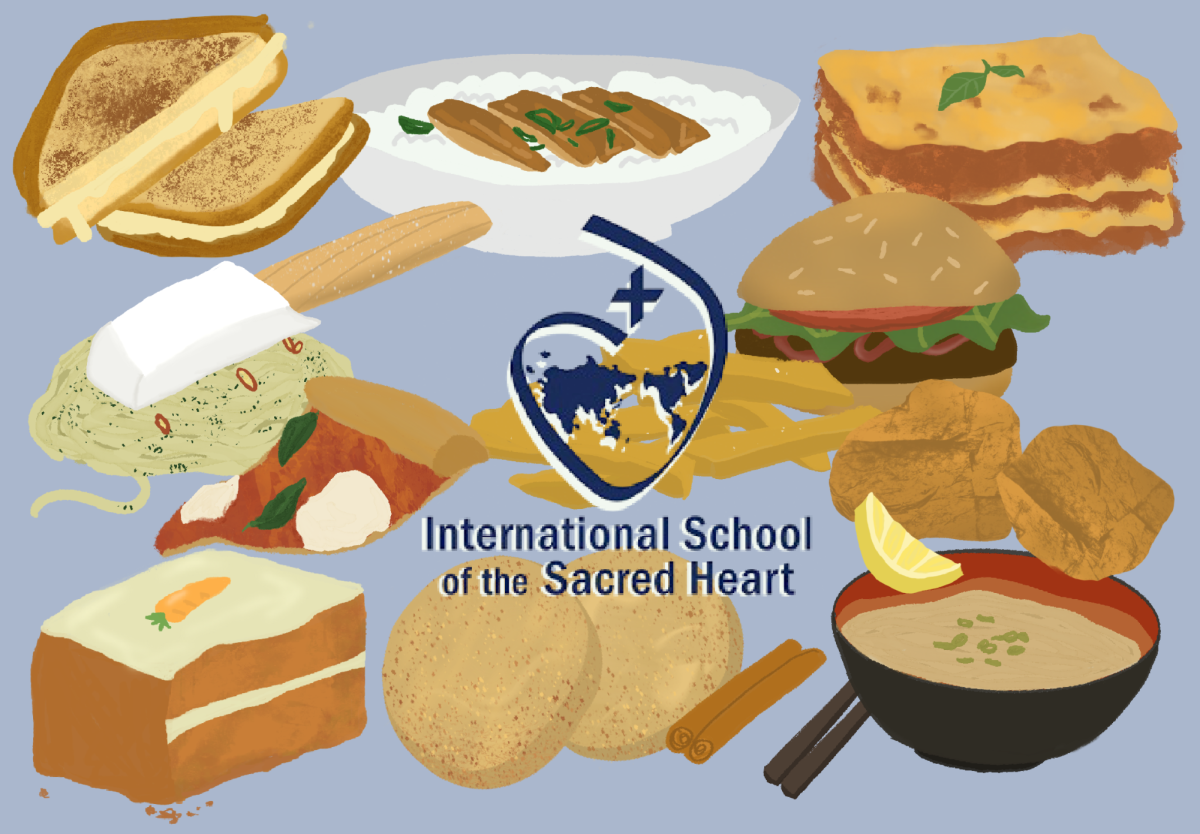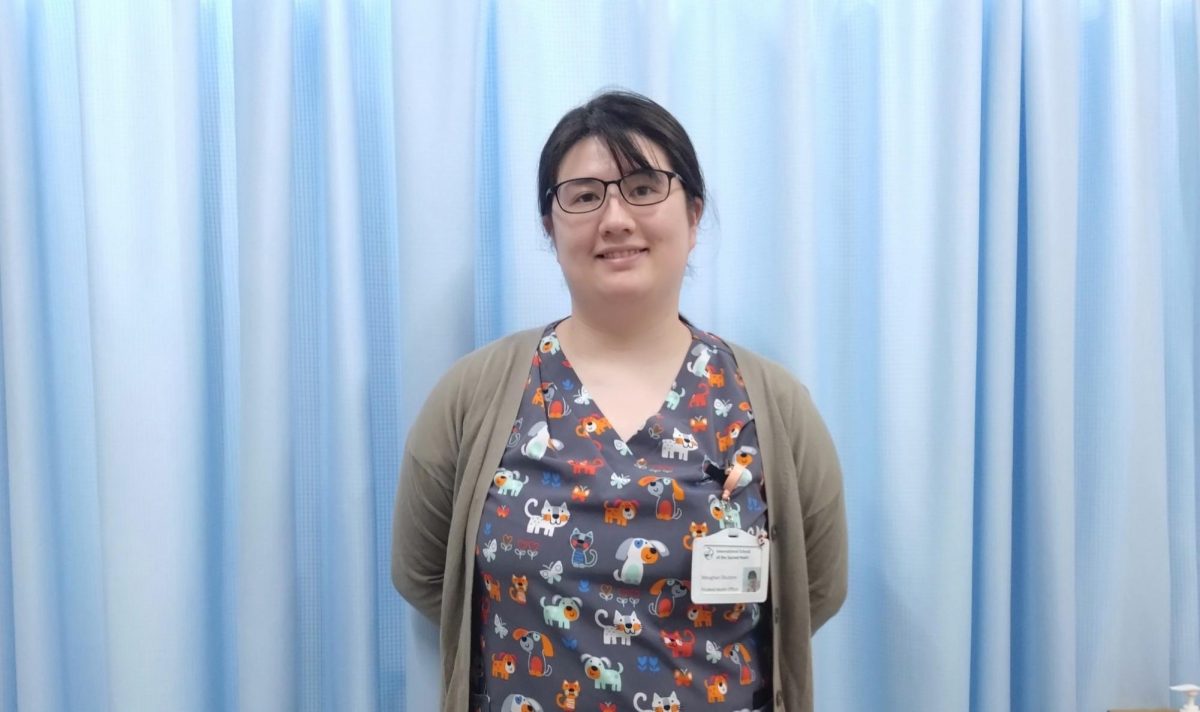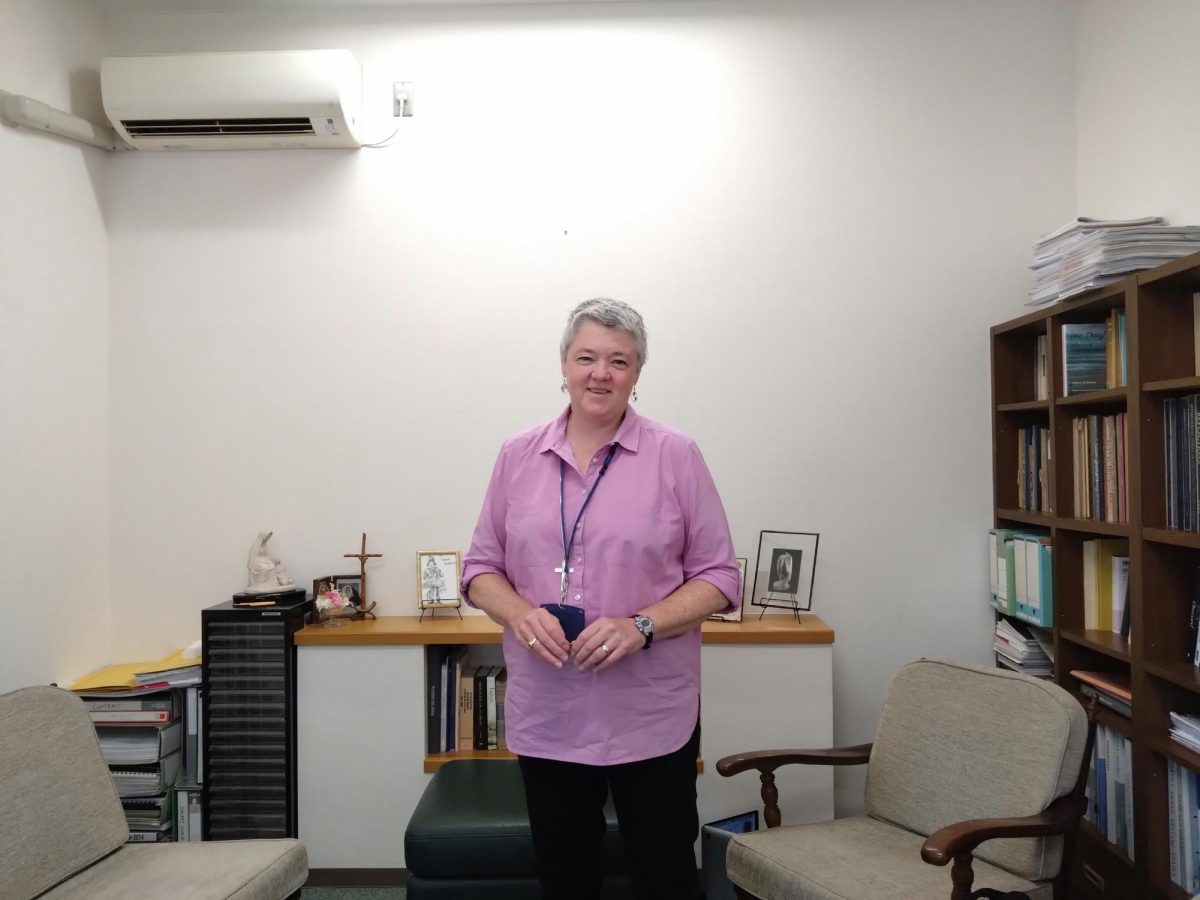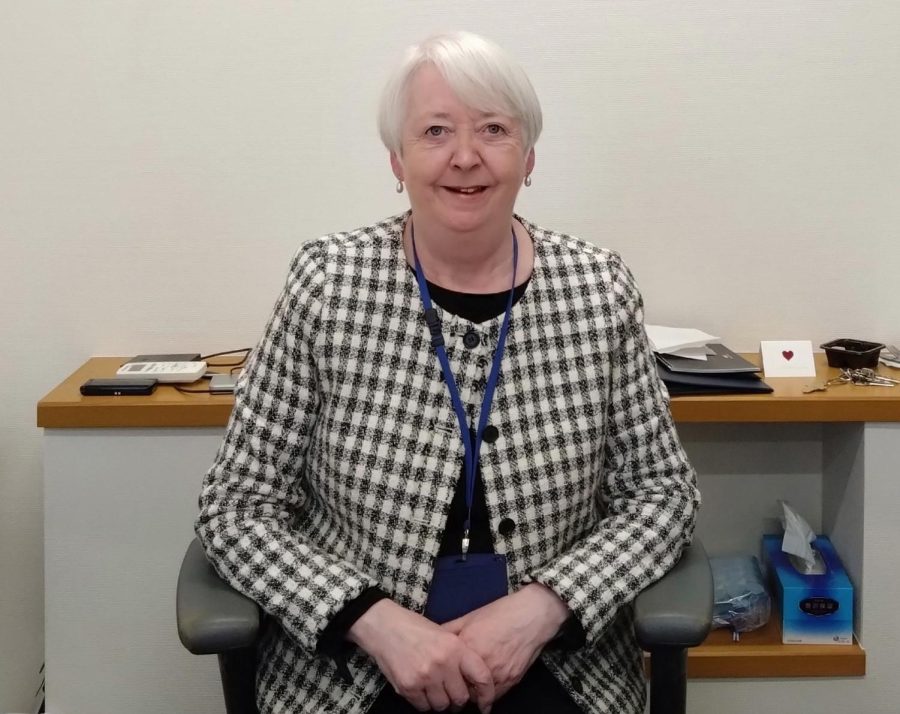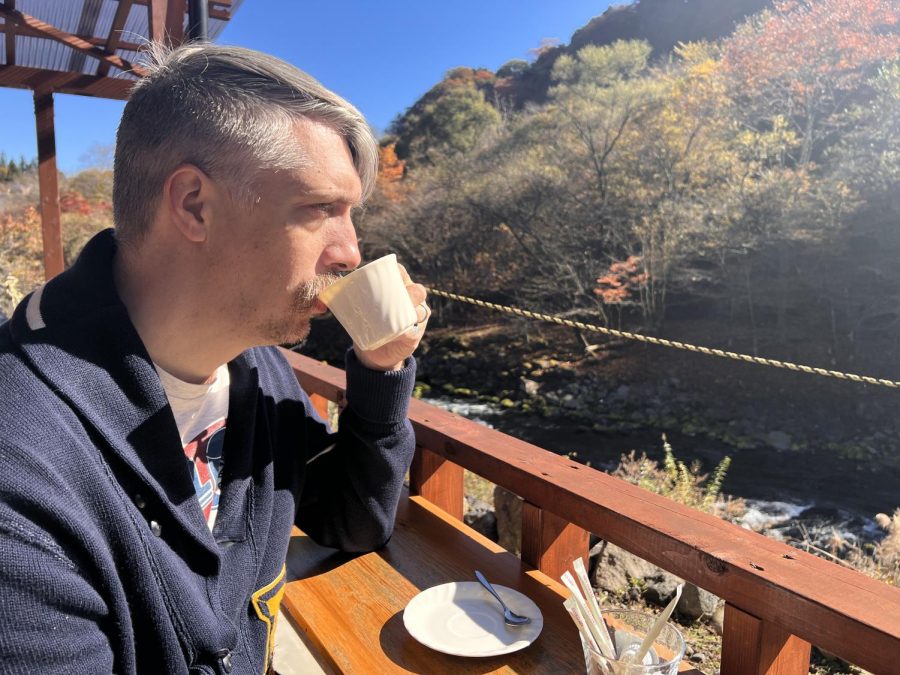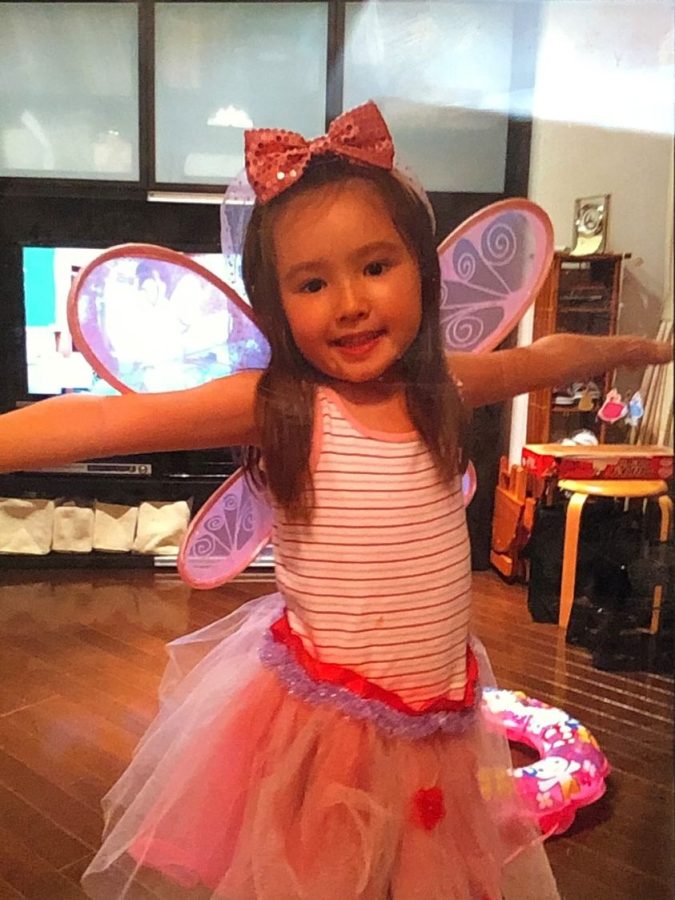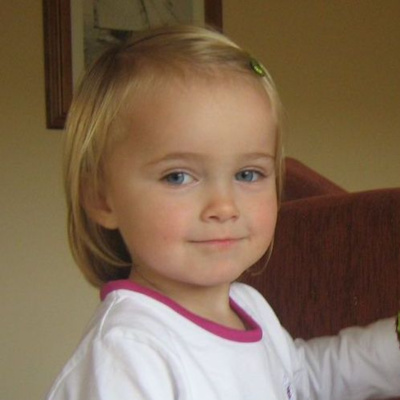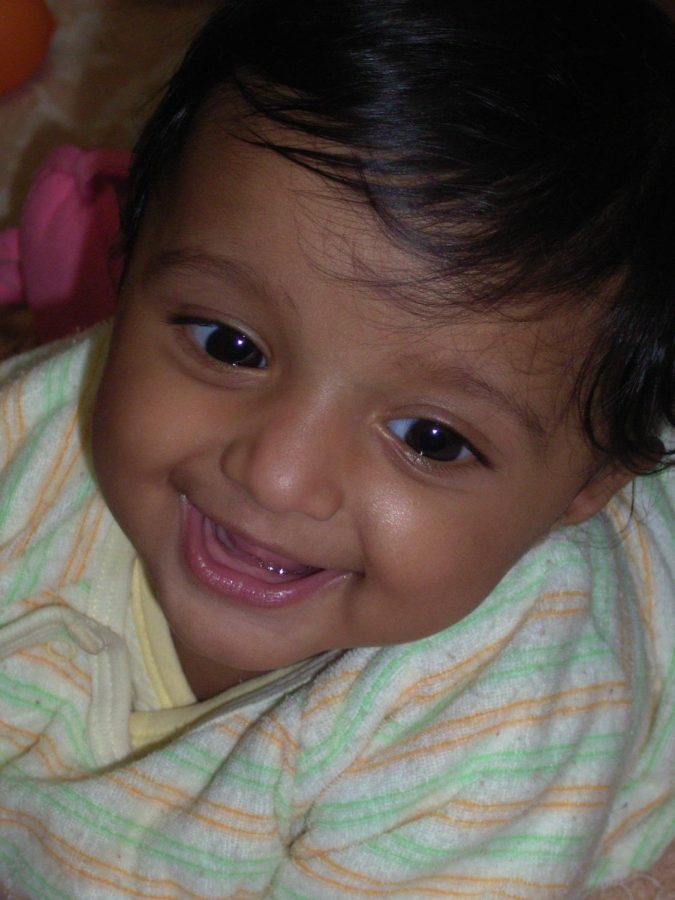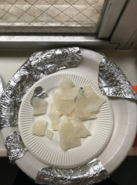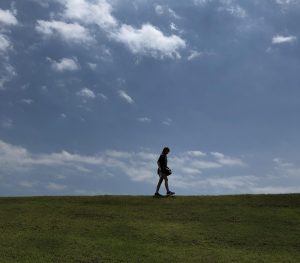The Social Action team takes on plastic pollution
May 6, 2019
Finding solutions to the complex issues in our world can be difficult–for one thing, the solutions are never a simple yes or no answer. Secondly, testing these solutions is always a process of trial and error. However, the pathway to finding these solutions always proves to be a valuable journey.
Plastic production is a critical global issue as it has a detrimental impact on the environment. Each ounce of PET (polyethylene) releases one ounce of carbon dioxide (a greenhouse gas associated with global warming), which can end up creating around 100 million tonnes of carbon dioxide yearly according to the EPA. The Social Action Team decided to look at plastic use in our own community, and how they could help to reduce Sacred Heart’s carbon footprint. After analyzing various problems, the Social Action Team decided to focus on reducing waste at our annual community fair, Family Festival, where a notable amount of plastic is used.
These students considered a variety of solutions such as providing eco-bags but ultimately settled on bioplastic plates. Bioplastic is plastic that originates from renewable materials such as cornstarch which can be broken down by bacteria under suitable conditions, particularly high temperatures. Unfortunately, this environmentally friendly alternative came with a hefty cost, according to team member Arielle, which is what lead them to conduct various trials in their search to create the perfect plastic plate in our school science lab.
Working under the biology teacher Ms. Humphrey’s supervision, the Social Action Team began their journey to create a feasible plastic plate. They began by researching possible materials that could work. Some of their initial ingredients included cornstarch, water, and vinegar which were combined and mixed in a variety of ways over a six-week span.
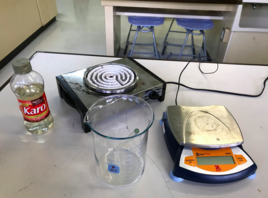
The Social Action Team’s initial set up to start off the measuring and mixing process.
According to Xinyu, “Some of the challenges [were that] we couldn’t really find a good [list of ingredients] and there was nothing specific.” Similarly, they had difficulties finding some of the necessary materials, from molds to glycerol, which they eventually substituted with easy-to-find and affordable alternatives such as corn syrup. After gathering the ingredients, the Social Action Team was ready to carry out the experiment.
Each week the team made significant progress as they found out which ingredients worked and which did not. Soon, they were able to create a plate that did not split or crack easily, but they still felt the product was not suitable for use. “The mixing process is quite hard to control. Sometimes we would over mix and sometimes we didn’t mix it enough, and then the quality of the plates did not come out the same,” Yua recalls. According to Arielle, one of the most challenging moments was an attempt gone wrong: “We made a successful mixture but [after] we left it to dry… it was cracked in half and still gooey.”
After weeks of hard work, the Social Action Team still struggled to find the correct consistency, shape, and sturdiness to be used as a plate on the day of Family Festival.
While the project itself did not produce optimal results, the hard work put in by the four members of the Social Action Team did not go to waste. “They students identified a problem, and they were able to use materials and ideas that they’ve learned in different classes. So instead of doing labs and writing reports, it felt like they were doing their own science,” said Mr.Baker, the SAP Values teacher.
The team can definitely agree that the process was challenging, but these challenges became meaningful, as they learned more and more about the significance of trial and error. Ms.Humphrey highlighted the importance of experimental error in helping students in various spheres of life: “Have good records and note-taking, so in a way, you’re reflecting on what didn’t work and adapting, and that can apply to anything, not just the scientific method,” states Ms.Humphrey.
Through this project, these students were able to overcome their fear of stepping out of their comfort zones. “I think we learned that it’s good to take risks … sometimes it doesn’t always work out but [that’s] it’s okay,” says Arielle. Ms.Humphrey also expressed her excitement about the impact of such a project: “My hope was even if they failed… [they] can still do something, and if it doesn’t work out, still learn something.”
Although the Social Action Team may not have configured the perfect plate for Family Festival, they have paved the way for another group of students to expand and learn from not only their project but to possibly start one of their own, with a new set of projects underway in the Social Action Values class.
We all have the power to make a positive change, and each step along the way counts!


